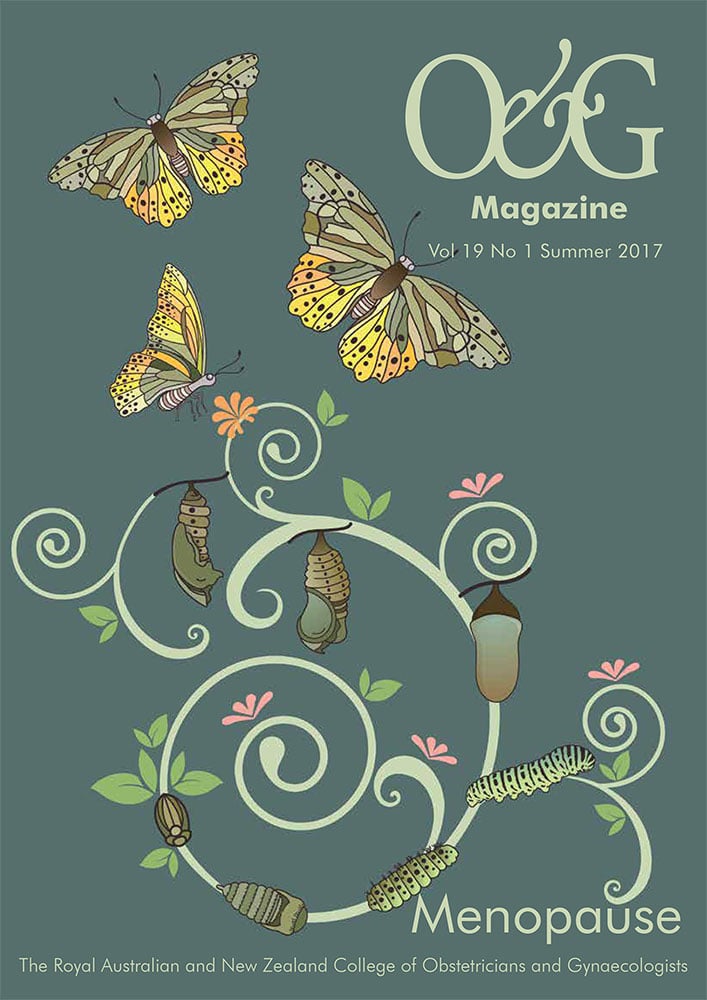Had time to read the latest journals? Catch up on some recent research by reading these mini-reviews by Dr Brett Daniels.
Uterine fibroids are very common and present in over 60 per cent of women by the age of 50. Treatments include medical therapy and procedural methods, such as hysterectomy, myomectomy and uterine artery embolisation. The authors of this review assert that the current techniques may not be accessible, effective or acceptable for all women and propose laparoscopic radio frequency ablation (RFA) as a minimally invasive option for treatment of fibroids. RFA applies an alternating current in the range of 300–500kHz directly into the fibroid tissue via electrodes. This current causes an increase in temperature that destroys the myoma cells. With current equipment, ablation of fibroids of up to 7cm has been reported. The authors report using a laparoscopic RFA probe inserted into the myoma under both laparoscopic vision and ultrasound control and report 15 pregnancies and 13 live births following RFA ablation of fibroids in their series. The authors further describe a number of previous studies reporting encouraging results with RFA in terms of reduction in uterine volume, bleeding as well as improved quality of life and acceptability of the treatment to the patients. While RFA for fibroids remains an uncommon treatment in Australia and New Zealand, this article provides an up-to-date summary of the technology and previous research in this area.1






Leave a Reply